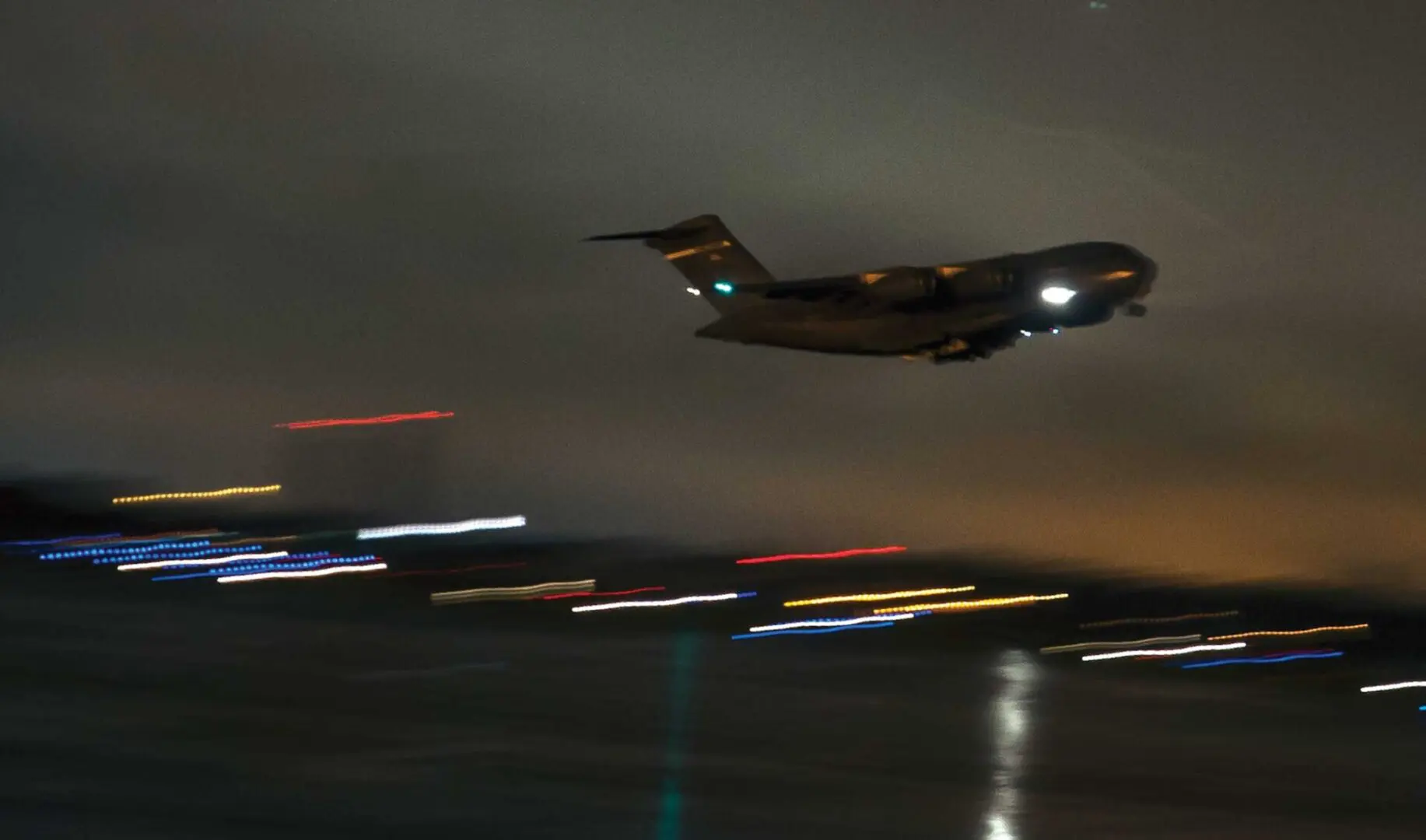Check Your Ego at the Door if You Are Flying in Bad Weather
By Ms. Betty Nylund Barr, Staff Writer
It takes a particular type of person to become a pilot. Beyond enjoying the total flying experience, pilots have to be confident of their skills and training; after all, they hold the lives of themselves and their passengers—not to mention a very expensive vehicle—in their hands. A 2008 article in Wings analyzed why pilots choose to fly in bad weather.1 “Pilots are, by nature, optimistic risk-takers with a high commitment to task completion,†according to Paul Harris, manager of flight operations at the Pacific Flying Club in Delta, British Columbia. “Pessimists don’t get into airplanes.â€
The very qualities that make one capable of becoming a pilot, however, may be the same qualities that bring down his or her plane in bad weather.
Everyone stepping aboard an airplane wants to believe that the person operating that flying machine is well trained, competent, and, yes, confident. People need to forget the physics law they learned in ninth grade stating that objects fall at about 32 feet per second. Instead, they need to place their faith in the people in the cockpit who guide the machine that will take them to their destination; so, yes, pilots must be confident. A time will come, however, when confidence must take a back seat to caution and reason, such as when a riled Mother Nature decides to come along for the ride.
Cited in the Wings article mentioned previously is a safety study conducted in 1990 by the Transportation Safety Board of Canada (TSB), which revealed startling statistics. The study analyzed the occurrence of visual flight rules (VFR) in instrument meteorological conditions (IMC)2 involving registered aircraft in Canada from 1976 to 1985. VFR in bad weather was responsible for only 6 percent, or 352, of the 5,994 accidents, but it accounted for 26 percent of fatalities. More recent statistics, from 1996 to 2005, determined that more than 36 percent of fatal accidents resulted from controlled flight into terrain3 mishaps.
What causes a pilot to take on treacherous weather conditions? Inexperience? Recklessness? Harris does not think so. More likely, he said, the pilot thinks that the weather will improve and decides to continue the flight, perhaps in IMC. According to the TSB study, nearly 20 percent of VFR in bad weather involved pilots with more than 3,000 hours of flying experience. Many other factors could play into a pilot’s decision to persevere when staring a dangerous weather situation in the face: overconfidence, a conviction to complete the mission, the natural desire to get home, or the awareness that plans made for after the flight may have to be postponed or even canceled, which sometimes results in a financial loss and certainly disappointed companions.
Pilots experience considerable pressure to complete their mission.
Wayne Nyman, a licensed Aviation Medical Examiner, commercial pilot, and air traffic controller, said, “If a pilot says no to a flight and it turns out he could have gone, then everyone’s a judge.†Also, the belief in the industry is that if a pilot is reluctant to fly a plane in bad weather, then another pilot will likely step up and make the flight.
Harris teaches pilots “Dispassionate Decision-Making,†emphasizing that their first loyalty must be to the airplane, not the company, agency, or military division. Harris points out that good decision-making entails setting aside emotions and outside motivations and letting the circumstances determine the course of action.
Pilots are trained to handle aircraft in all types of meteorological conditions and, of course, not to bail unnecessarily at the first sign of bad weather. They know the capabilities and limitations of their aircraft, and they handle those enormous vehicles masterfully.
When weather conditions deteriorate quickly, however, pilots must use their awareness of how that particular type of weather could affect their ability to fly that particular type of plane safely and the ability of the aircraft to withstand the abuse.
They have to make an informed judgment call and decide whether to proceed with the flight because, in their opinion as highly trained pilots, the conditions are likely temporary and navigable—or the danger to human lives and their multimillion-dollar aircraft are just not worth the risk. The trick is setting aside that confidence, that ego, to responsibly make the latter call when it is the right one.
Too much is at stake.
1 Marsala, James. 2008. “VFR in IMC: Why Good Pilots Fly in Bad Weather,†Wings, January 30. https://www.wingsmagazine. com/vfr-in-imc-why-good-pilots-fly-in-badÂweather-1122/#.
2 Wikipedia gives the definition of IMC as “a flight category that describes weather conditions that require pilots to fly primarily by reference to instruments, and therefore under instrument flight rules [IFR], rather than by outside visual references under visual flight rules [VFR].â€
3 “In aviation, a controlled flight into terrain [CFIT] is an accident in which an airworthy aircraft, under pilot control, is unintentionally flown into the ground, a mountain, a body of water, or an obstacle. In a typical CFIT scenario, the crew is unaware of the impending disaster until it is too late.†https://en.wikipedia.org/wiki/Controlled_flight_into_terrain.

